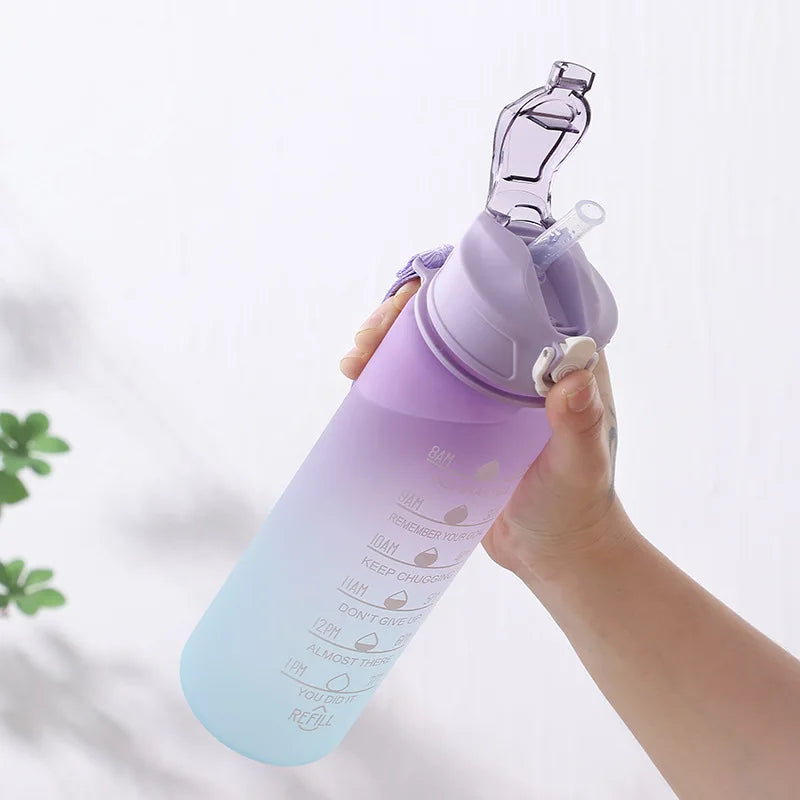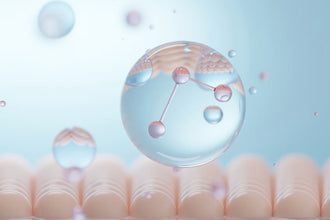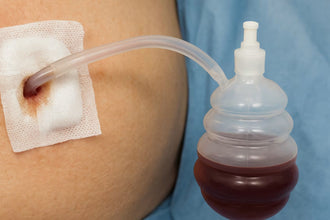
Microbiome's Influence on Skin Healing: The Next Frontier in Dermatology
The complex ecosystem of microorganisms residing on our skin, known as the skin microbiome, plays a pivotal role in our overall health, particularly in skin integrity and healing. This article delves into the burgeoning field of research surrounding the skin microbiome's impact on skin healing and the innovative approaches that are reshaping dermatological care.
The Skin Microbiome: An Overview

The skin microbiome consists of a diverse array of bacteria, fungi, viruses, and mites that inhabit the skin's surface. Far from being mere passengers, these microorganisms engage in a symbiotic relationship with their host, influencing skin health, immunity, and even the healing process.
Key Components of the Skin Microbiome:
| Component | Role in Skin Health |
|---|---|
| Bacteria | Maintain skin pH, produce protective substances, and compete with pathogenic microbes. |
| Fungi | Regulate skin's moisture levels and contribute to the ecosystem balance. |
| Viruses | Mostly bacteriophages that help control bacterial populations on the skin. |
| Mites | Consume dead skin cells and sebum, playing a role in skin cleanliness and nutrient cycling. |
- Bacteria: The most studied microbes, with both beneficial and pathogenic species.
- Fungi: Includes yeasts and molds, playing roles in skin pH balance and moisture.
- Viruses: Mostly bacteriophages that regulate bacterial populations.
- Mites: Microscopic creatures that consume dead skin cells and oils.
The Microbiome and Skin Healing
The skin's ability to heal from wounds is a sophisticated process, significantly influenced by the resident microbiome. The stages of wound healing, from clot formation to tissue regeneration, are modulated by the microbial communities present.

The Microbiome's Role in Healing:
- Inflammatory Phase: Microbes influence the inflammatory response, which is crucial for initiating healing.
- Proliferative Phase: Bacteria such as Staphylococcus epidermidis can promote tissue formation.
- Maturation Phase: The microbiome supports skin remodeling, enhancing the strength and flexibility of the healed area.
| Healing Phase | Microbiome's Role | Example |
|---|---|---|
| Inflammatory Phase | Microbes influence the inflammatory response to initiate healing. | Bacteria signaling immune cells to the injury site. |
| Proliferative Phase | Certain bacteria promote tissue formation and regeneration. | Staphylococcus epidermidis enhancing tissue repair. |
| Maturation Phase | Supports skin remodeling and strengthens the healed area. | Microbial diversity returning to pre-injury levels, stabilizing the skin's ecosystem. |
This table outlines how the skin microbiome interacts with and
Recent studies highlight the microbiome's capacity to reduce inflammation and support tissue regeneration, showcasing its integral role in the healing process.

Innovations in Probiotic Skincare
Probiotic skincare represents a groundbreaking approach to maintaining a balanced skin microbiome, thereby supporting skin health and healing. These products introduce beneficial bacteria to the skin or foster an environment conducive to their growth.
Clinical Evidence:
Manipulating the Microbiome for Enhanced Healing
Advancements in dermatology are focused on developing treatments that manipulate the skin microbiome to improve healing outcomes. This involves the strategic use of prebiotics, postbiotics, and synbiotics.
Personalized Skincare Regimens:
Future treatments may involve personalized skincare based on individual microbiome analysis, offering tailored solutions for optimal healing and skin health.

The Challenges and Ethical Considerations
While the potential of microbiome-based therapies is immense, several challenges and ethical considerations remain. These include:
- The microbiome's complexity makes it difficult to predict the outcomes of interventions.
- Preserving microbial diversity is crucial, as disruptions can lead to dysbiosis and associated skin issues.
Conclusion
The exploration of the skin microbiome's role in healing is at the forefront of dermatological research, offering promising avenues for advanced treatments. As we continue to unravel the complexities of this microscopic world, the future of skin care and healing looks increasingly personalized and effective.
References:
https://www.ncbi.nlm.nih.gov/books/NBK563240/
https://www.ncbi.nlm.nih.gov/pmc/articles/PMC3884930/
https://www.ncbi.nlm.nih.gov/pmc/articles/PMC7956298/
https://www.ncbi.nlm.nih.gov/pmc/articles/PMC7468815/
https://www.ncbi.nlm.nih.gov/pmc/articles/PMC6950569/
https://www.ncbi.nlm.nih.gov/pmc/articles/PMC6503789/
General Disclaimer: All information here is for educational purposes only and is not meant to cure, heal, diagnose nor treat. This information must not be used as a replacement for medical advice, nor can the writer take any responsibility for anyone using the information instead of consulting a healthcare professional. All serious disease needs a physician.















